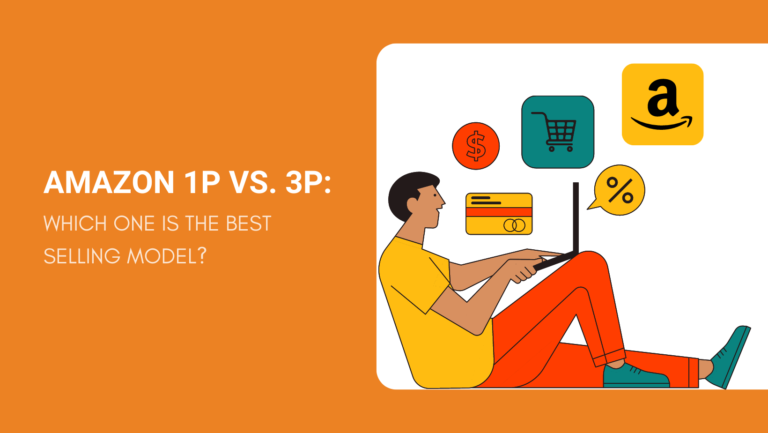Amazon has been one of the best options for sellers since its inception. With all the amazing features and boundless customer base, most sellers consider it a go-to e-commerce platform.
But there are two different methods of selling on Amazon: 1P vs 3P. You can either sell your products to Amazon or use its platform to sell directly to the consumers.
In this article, we will discuss what 1P and 3P mean along with their pros and cons so that you can decide which method suits you best. It is a long-term decision that can affect your future as an online seller.
Let’s start.
What Is Amazon 1P?
1P stands for the 1st-party relationship with Amazon. This means that the seller sells its products directly to Amazon which will then sell those products to its worldwide customers.
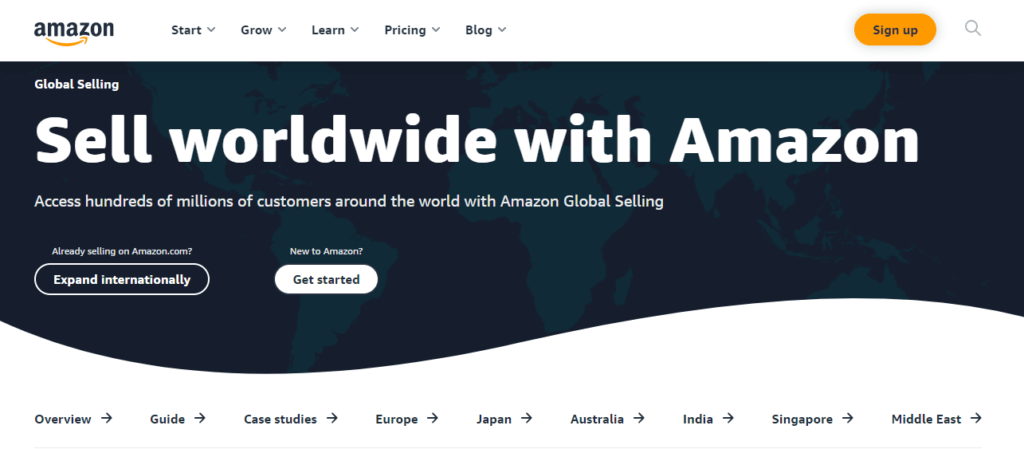
In this case, a seller becomes a vendor for Amazon. That’s why he has access to the Amazon Vendor Central web interface.
Amazon 1P is an invite-only program. It means that you cannot apply to be an Amazon’s 1P seller rather Amazon will invite you directly to this program if it thinks so.
This model is simple. Amazon shares a PO (purchase order) with the 1P seller. The seller fulfills that PO.
Your mission for each PO is accomplished after you deliver the products to Amazon. It is Amazon’s responsibility to deliver those products to the end-users.
What Is Amazon 3P?
3P stands for the 3rd party relationship with Amazon. It means that the online sellers can sell their products via Amazon’s Seller Central as a 3rd party.
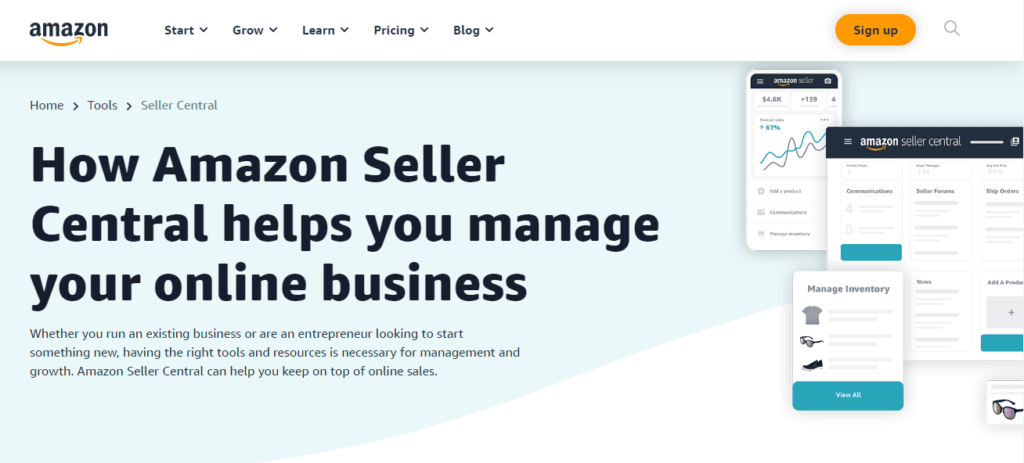
The 3P sellers can choose between the FBA or FBM method.
Amazon customers will be able to notice that the products are not sold by Amazon but by a 3rd party seller.
Pros and Cons of Amazon 1P vs 3P
So, what’s in it for a seller as 1P and 3P? Let’s discuss the pros and cons of each selling method to understand them better.
Pros of 1P
The following are the benefits of being a 1P seller on Amazon.
Ideal for Wholesale
The 1P method suits wholesalers who only have to fulfill the POs.
If you’re a wholesale supplier and only want to liquidate your products at a certain profit margin, you can consider 1P.
Amazon’s Credibility
Your products enjoy the credibility of being sold by Amazon. As customers mostly trust a brand name rather than a random seller, there are high chances that your products get a lot of sales.
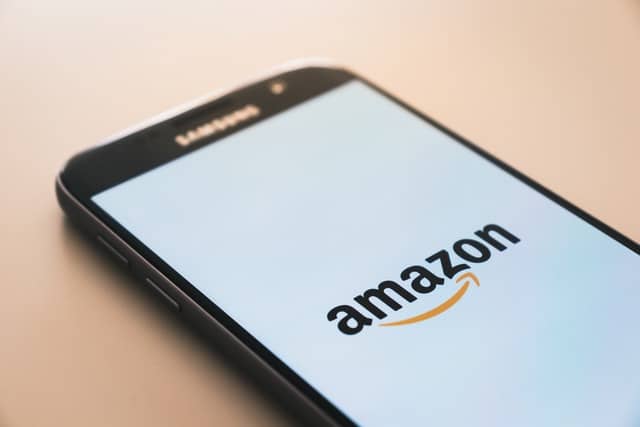
Tags like “Ships from Amazon” and “Sold by Amazon” increase overall customer trust and eventually bring more orders.
No Marketing Hassle
Marketing your brand or product is a mammoth. It may take years of effort to establish a name in the market.
You don’t have to get bogged down in the complex marketing strategies to sell your products in the case of 1P. Amazon would be doing it for you.
Reduced Amazon’s Fee
1P has a simple and reduced fee structure as compared to 3P. You don’t have to get involved in paying multiple fee structures that Amazon charges 3P sellers.
The fees of FBA (Fulfillment By Amazon) and referrals are not charged in 1P as you’re not using those services.
More Focus on Business
As you are not involved in major parts of the business, you can work on reducing the lead times of your overall selling process.
Saves Time
Time is everything in e-commerce.

1P saves a lot of time which means you save a lot of money in return. You can utilize this time to increase your SKUs.
Cons of 1P
Following are the possible disadvantages of 1P.
No Customer Base
You will have no customer base in the case of 1P. You might have wonderful products and the customer may love them. But the consumers would not even know about you or your brand.
They will only know about Amazon and will be in contact with Amazon only.
All data belong to Amazon. You can’t use retargeting campaigns.
Additional Amazon Fees
You don’t get anything free of cost in the 1P model too. You still have to pay the costs like damage allowances, co-op fees, freight charges, etc.
Different Product Descriptions
Amazon has all the rights to describe your products as it wants to. It can use Amazon EBC in its own way to highlight certain features of your products.
A Challenge to Amazon
Amazon has to manage a lot of things while selling directly. Although it has all the facilities like storage, shipment, customer support, etc, providing all these services can be a headache for Amazon.
So, Amazon would probably lower prices rather than achieve higher profits.
Fewer Marketing Campaigns
Amazon is only interested in fulfilling the demand of its clients. As long as your products don’t become dead stock, it doesn’t really care about advertising or marketing.
Compromised MAP Policy
If you are a brand with a MAP policy, you may have to compromise on it in the case of 1P.
That’s because only Amazon has the authority to control the advertised or retail price of the products.
Additionally, the prices are automatically set by Amazon’s algorithm. So, there is nothing much you can do about it.
Less Control
One of the biggest cons of being a 1P seller on Amazon is that you have very minimal control over your products. You can’t increase or decrease the prices all of a sudden to beat your competition.

You also can’t provide value-added services because that will bear no fruits.
Pros of Amazon 3P
You can get the following benefits if you decide to sell your products as a 3rd party on Amazon.
Growing Sales Model
The 3P sales model has been trendy since the launch of Amazon. Initially, it was reported to be 3-5% of Amazon’s sales. It has grown to 57% in 2022.
Amazon’s Priority
Amazon is largely referred to as an e-commerce platform. Although it also sells products directly, it still focuses more on being an e-commerce platform than a retailer.
It earns great profit margins by selling directly but it cannot afford to compete with its retailers who have a huge inventory.
That’s why Amazon has stopped selling many brands and it only manages a few of them.
So, the future belongs to the 3P.
Product Variety
Amazon cannot sell every item on earth. Therefore, it needs 3P sellers to bring new products to its platform.
Better Price Control
You can set your own pricing in the 3P selling models for your profit margins.
On the other hand, you can also lower your prices to beat your competition. You are also free for sales and promotions as and when you want.
More Product Control
You don’t have control over how Amazon pitches your products to its customers in the case of 1P. As a 3P seller, you can design and update your product detail pages and highlight the preferred selling points of your products.
Access to Customers’ Data
As a 3P seller on Amazon, you have more control over your customers’ data. You can even access the demographics report as a brand owner.
Innovative Liberty
You have the option of doing everything on your own.
For instance, rather than using the standard Amazon boxes, you can also use custom packaging to impress your customers.
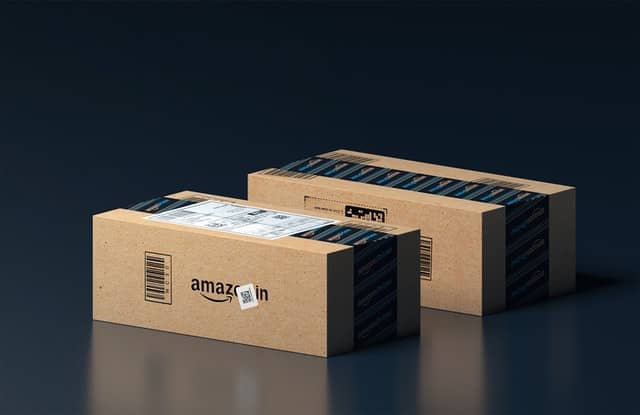
Cons of Amazon 3P
Following are the possible disadvantages of being a 3P seller on Amazon.
More Responsibilities
If you are a small company or a single person trying to sell products on Amazon, you will have to multitask as a 3P seller, starting from product storage to packing, shipping, handling customer complaints, etc.
Requires More Time
Although you can reduce the efforts by opting for the FBA, you still have to manage your product listings, write product descriptions, set up prices, run marketing campaigns, etc.
So, the 3P model requires more time to manage your business than 1P.
Trust Issues
There is a lot of trust deficit between buyers and sellers in the online field. It is very difficult for a new buyer to trust an unknown seller. Customers are more likely to trust the products sold by Amazon.
More Fees
In addition to your time, being a 3P seller means that you would have to invest more in your business in terms of money.
You would also have to run advertisements to reach out to new customers. This will increase your overall business investment.

Comparison of 1P vs 3P by Features
Following are the major differences between Amazon 1P and 3P in terms of features.
- Amazon 1P is not available to every seller. You need Amazon’s invitation to be eligible for this program while 3P is open for every seller.
- You need to use Vendor Central as a 1P seller and Seller Central as a 3P seller.
- You have no control over consumer sales as a 1P seller while you can have greater control of sales and operations as a 3P seller.
- The products are sold by Amazon in 1P and the seller in 3P.
How to Choose between 1P and 3P?
If you are still confused about choosing the best-selling model for yourself, you can take help from the following tips.

Amazon 1P Is Best For:
- The wholesalers who want to sell at a preset profit margin.
- Selling in bulk quantities.
- The short and quick sales cycle.
- Being free of handling multiple Amazon fees.
- Making the best use of Amazon’s brand name.
- Avoiding the processes like retail marketing, consumer sales, shipping, customer services, etc.
Amazon 3P Is Best For:
- The online retailers who want to keep most controls in pricing, marketing, value-added services, etc.
- Making the most out of your products and services.
- Using Amazon as a platform to reach end-users.
- The choice to play with your profit margins.
- Describing your products in your own way.
- The liberty of selecting FBA, FBM, and SFP.
- The visibility over your customers’ data.
FAQs about Amazon 1P vs 3P
Following are the answers to the most frequently asked questions about Amazon 1P vs 3P.
Is Amazon 1P Meant for Wholesalers Only?
No. Amazon does not require its 1st party seller to be a wholesaler. But as Amazon requires products in large quantities from a 1P seller, it makes 1P sellers work on a wholesale model.
Should a New Seller Choose 1P or 3P on Amazon?
First of all, 1P seller is only possible if Amazon invites you to become its 1st party vendor.
Secondly, if you have been invited by Amazon for 1P, whether you become a 1P seller or a 3P seller depends on your long-term business goals.
Can You Become Amazon 1P and 3P Seller at the Same Time?
Yes. You are free to sell your products as a 3P while still being a 1P seller on Amazon. But it becomes difficult in most cases. While you and Amazon may be in direct competition, your products will suffer most in the end.
The customers may be confused if there are variations in the pricing or the descriptions of the same products.
There is also a high chance of losing your credibility in competition with Amazon because you can’t win from a platform you are using to sell your products.
Which Model Among 1P and 3P Is More Suitable for a Brand on Amazon?
Generally, a network of retailers spread across Amazon is more suitable for a brand. If a brand can manage to secure its required profit margins by being a 1P seller, it can go for it.
Summary
There is no clear winner between Amazon 1P vs 3P selling models. Your choice is based on your priorities and business dynamics.
In a nutshell, if you want to leverage the enormous powers of the Amazon brand, you can go for 1P. If you are more of a self-doer, you can go for 3P.
If you want to source quality products to sell on Amazon via 1P or 3P models, ask for a free quote and we will help you procure them from the best suppliers in China.
